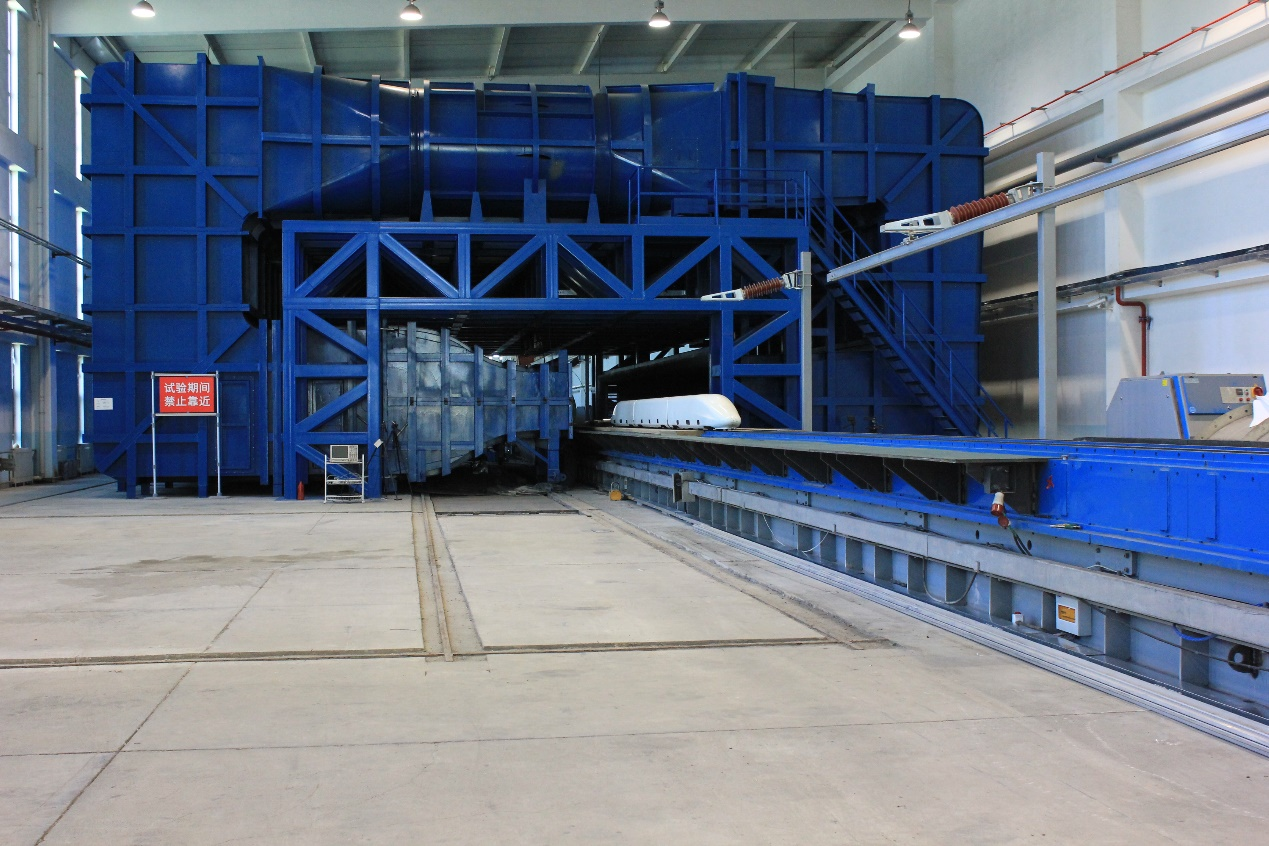The Beijing-Shanghai high-speed railway, with a total length of 1318 kilometers, is the world’s longest high-speed railway built in one go. It faces significant scientific challenges in continuously surpassing the running speed of long-distance high-speed railways around the world, unparalleled in its difficulty, complexity, and uniqueness. Through nearly 20 years of technological research and independent innovation, all scientific researchers and builders have established the theoretical system of high-speed railways in our country, built a smooth and stable infrastructure, improved the level of major technical equipment, established construction management and safety operation guarantee technologies, and formed technology standards with independent intellectual property rights.
To meet the requirements of the next-generation high-speed trains for the Beijing-Shanghai high-speed railway, the Institute of Mechanics of Chinese Academy of Sciences has established technologies for aerodynamic performance evaluation and optimization design of high-speed trains, as well as aerodynamic noise evaluation. They proposed a construction plan for a high-speed train model platform driven by high-pressure air, and successfully built a large-scale dynamic model experimental platform capable of operating in both directions with a maximum experimental speed of 500 kilometers per hour and a scale ratio of 1:8.
They completed the evaluation of the aerodynamic performance and aerodynamic noise under various head shape schemes in no crosswind and different intensity crosswind operating scenarios. They carried out pressure wave analysis for single train tunnel passages, open line scenarios, and tunnel meeting scenes. Through comprehensive performance comparison, they selected five excellent performance head shape schemes for high-speed trains, conducted wind tunnel experiments, and ultimately determined the head shape scheme for CRH380A. Based on the analysis of the aerodynamic drag sources of the prototype CRH3 train, they compared the aerodynamic performance of various structural components such as windshields, air conditioning deflectors, skirts, and pantographs, and determined the improvement scheme for CRH380B. After line tests and years of operating inspections, the developed CRH380 series high-speed trains have shown excellent aerodynamic performance.
